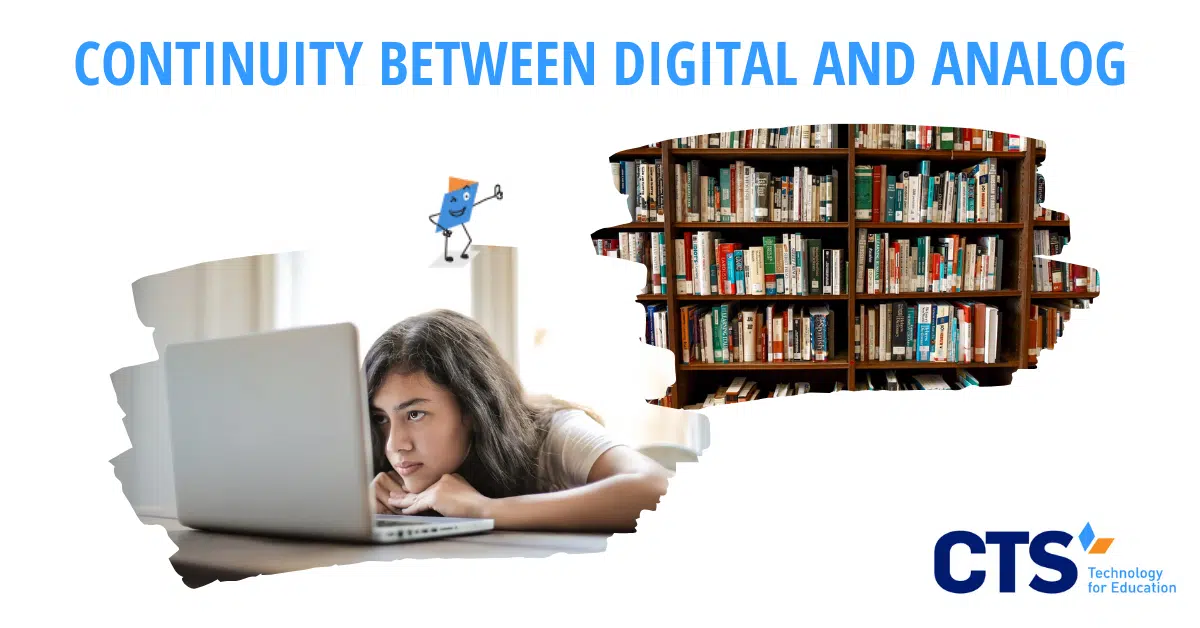Remote learning presents challenges for documentation and data-gathering efforts.
As a result of the COVID-19 outbreak, schools across the United States have been forced to adapt to the demands of remote learning. From digitizing lesson plans to conducting class via video conference, teachers have rapidly shifted their focus to delivering online instruction.
With many school years coming to a close, administrators have begun shifting their focus to another issue altogether: what happens when students return in the fall? Despite the hopes of some policymakers, rural, urban, and suburban districts alike are planning for a new educational reality and, possibly, a school year that toggles between in-person and remote instruction. Continuity is key. By taking decisive action now to digitize instructional resources, establish robust hardware tracking systems, and identify gaps in teacher and student internet access, leaders can prepare their school communities for the “new normal” of schooling in the midst of COVID-19.
Digitize assessments to better track academic data during the pandemic.
In many districts across the country, school closures hampered the ability of districts to conduct annual state testing in ELA and math, one of the key barometers of student achievement. While decisions over state testing are largely outside the purview of individual schools, administrators can nonetheless encourage their teachers to digitize and share their own internal assessments.
Doing so now can give teachers the flexibility to shift between in-person and remote assessments if the situation requires and ensure schools consistently track student learning throughout the year. Consider leveraging Google Classroom or other learning management systems to reformat your school’s assessments for easy online access or investing in a formal data and assessment platform, if your school hasn’t already.
Create user-friendly, step-by-step guides for all virtual learning platforms.
School leaders can also begin building the technical capacity of their teachers and support staff. While some teachers already make frequent use of online learning tools, others lack the technical skills to navigate distance learning resources like Google Classroom, Canvas, or even Zoom. In addition to traditional PD offerings, administrators should plan to weave distance learning modules into their professional learning efforts.
Creating step-by-step guides for your school’s learning management systems and other online platforms can both ease a possible transition to remote instruction, as well as give teachers the confidence to quickly adapt their existing resources to an online format. Once developed, these resources will also ease the onboarding process for future hires.
Aim to digitize any resources available exclusively in hard copy.
As part of schools’ more general data-gathering efforts, administrators should also encourage teachers to digitize any lesson plans or other curricular resources available exclusively in hard copy. Building-out a robust, online knowledgebase now will pay dividends in the event of a shift to remote instruction. For curricular resources purchased from a third-party vendor, school leaders can inquire about digital versions or add-ons that eliminate the need for student or teacher textbooks. Often ignored in the traditional school environment, these e-resources can quickly scale daily instructional practices for distance learning.
Centralize student device tracking to identify gaps in hardware inventories.
Even with requisite software or robust learning management systems, schools still need access to substantial quantities of student and staff hardware. If they haven’t already, schools should move to centralize their device-tracking systems, ensuring any items distributed during the spring are accounted for when fall arrives. Schools planning to collect devices before the academic year begins can use the summer to troubleshoot individual device issues, install additional hardware, or upgrade software across devices. Working with an effective E-rate service provider can ease the financial strain of any necessary upgrades, while also preparing your school for the possibility of remote instruction.
Collect data on student internet access to support families in need.
For many schools, rapid shifts to remote instruction exposed gaps in students’ level of internet access. While some kids with consistent internet access opted to use their personal devices, others required school-issued Chromebooks and WiFi hotspots to support remote learning. Before the new year begins, schools should conduct a formal survey to thoroughly identify the needs of their student population, if they haven’t done so already, and set aside funds to cover the cost of any assistive technology or hotspots that may be needed. Schools participating in the E-rate program can work with their provider to see what devices might be eligible for federal reimbursement.
At CTS, we support schools in navigating the challenges of remote learning.
From organizing learning management systems, promoting best practices in cybersecurity, to effectively managing student data, we’ve supported more than 60 schools in navigating the challenges of remote learning. As our partners begin reimagining instruction in the midst of COVID-19, we’re ready to assist them in fulfilling their unique missions. Contact us today to learn more about our remote learning resources and how you can prepare your school for both in-person and remote instruction in the fall.




